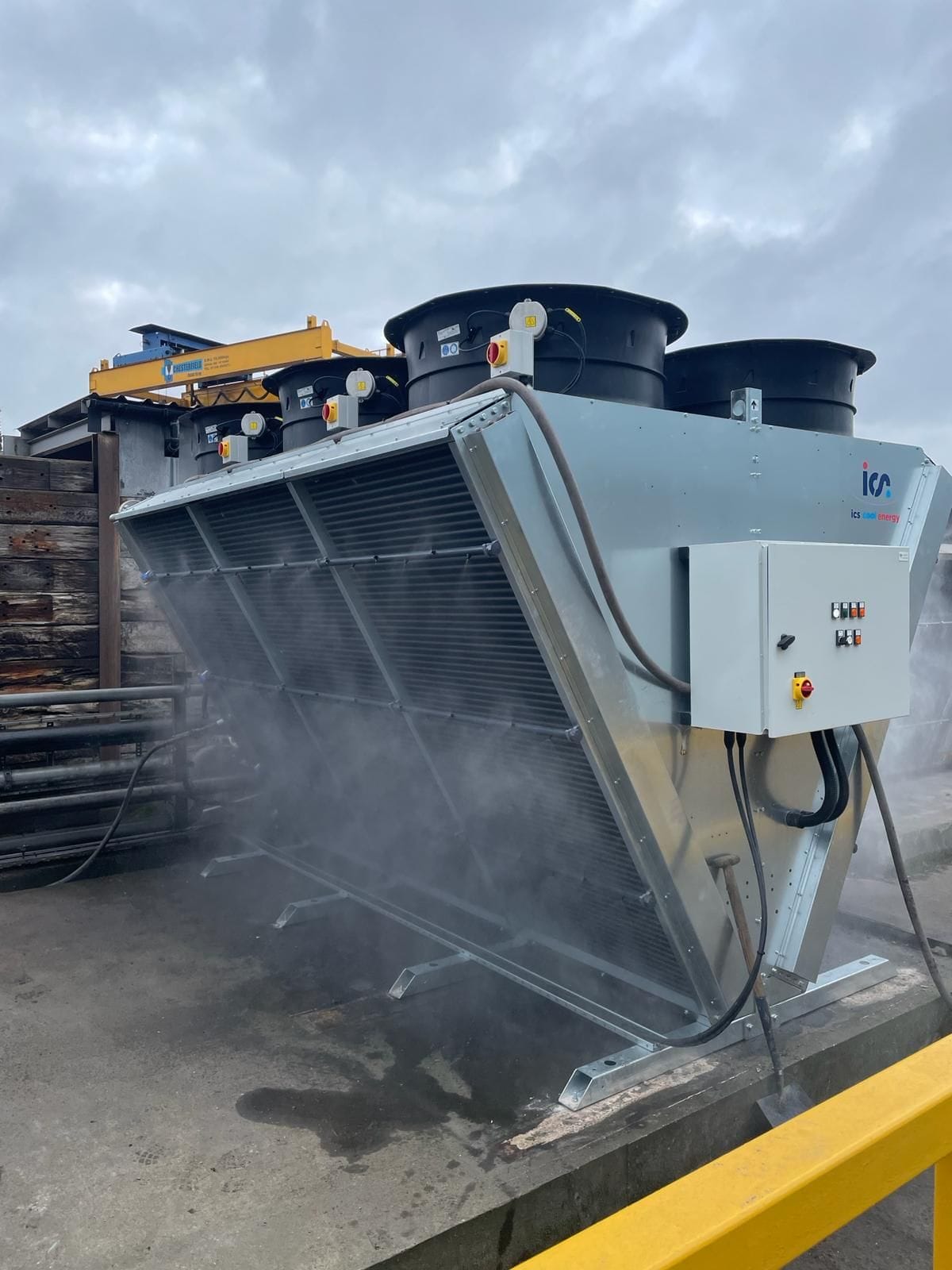Updated: April 24, 2018
Reduce Manufacturing Costs – Boost Your Green Credentials
Reduce Manufacturing Costs – Boost Your Green Credentials
Energy consumption is typically the single biggest cost for manufacturers. In 2014, the UK’s energy consumption was equivalent to 142.8 million tonnes of oil, of which certain industrial groups consumed 24 million tonnes alone – a little under a fifth of the total[1]. It will come as no surprise that the largest energy users are chemical, food, beverage and metal manufacturers, closely followed by paper, printing and publishing.
In process heavy industries, energy costs can be as much as 20% of operational costs[1]. The most obvious and simplest place to start when looking to improve your energy efficiency is with an energy audit, which your energy company should be able to provide and even suggest steps to undertake.
Your process’s energy consumption
Most of us will be familiar with technologies such as solar and LED lights, but what about your HVAC and process temperature control systems? They can account for up to 52% of your energy costs[2].
The real challenge for you as a manufacturer to reduce your energy consumption and carbon emissions, is to understand how much energy your equipment and facilities currently consume, the technology that is available to make specific savings, how to implement or upgrade your existing systems with that technology and finally, how your investment will be off-set by energy savings over a specific payback period.
Taking steps to reduce your energy consumption
With HVAC and process temperature control systems requiring specialist technical knowledge and experience, it can be challenging for manufacturers that lack the internal resource to meet the targets and remain competitive in the marketplace. There are a wide variety of tips and techniques you can adopt to start taking back control of your site’s energy consumption and improve your profitability as a result, such as:
- Upgrading your chiller’s components with more energy efficient alternatives including compressors, condensers, pumps, EC Fans and Electronic Expansion Valves
- Utilising Dry Air Coolers and Adiabatic units for free cooling
- Using a chiller with integrated free cooling
- Recycling waste process heat for use in other processes
- Undertaking best practice planned preventative maintenance
- Utilising cost-effective, environmentally friendly refrigerants
Not sure where to start? For more information and guidance, call our technical experts today on 0800 774 7426.
[1] https://www.telegraph.co.uk/business/energy-efficiency/uk-manufacturers-take-energy-consumption-seriously/
[2] https://blogs.constellation.com/energy-management/6-ways-manufacturers-can-reduce-industrial-energy-costs/
Related Articles

December 17, 2025
Turning Low Ambient Temperatures into Savings.
Free Cooling: the Most Cost-Effective and Environmentally-Friendly Way to Cool Processes and Buildings Improving the performance of industrial and commercial facilities’ systems is rightly a...
Read More
November 26, 2025
Why Flexible Financing Options Matter More Than Ever
Navigating Investment in UK Manufacturing As the UK government prepares to deliver the next budget, uncertainty is the prevailing mood, felt on factory floors and...
Read More
November 13, 2025
Winter Maintenance for Adiabatic Cooling Systems. Protecting Performance All Year
Seasonal maintenance is essential for safeguarding adiabatic cooling systems against winter damage, ensuring reliable and efficient operation throughout the year. For engineers and production managers,...
Read More